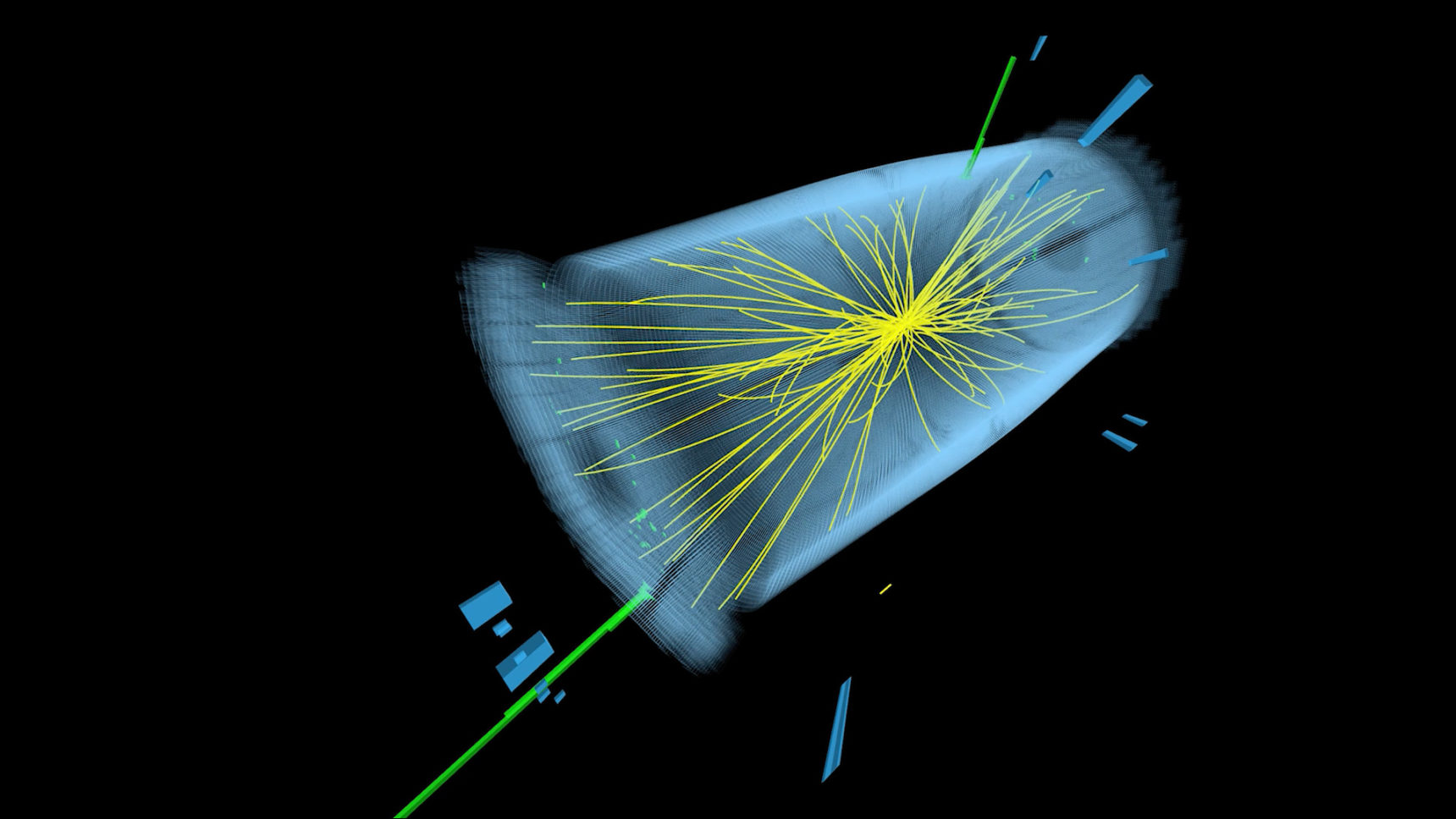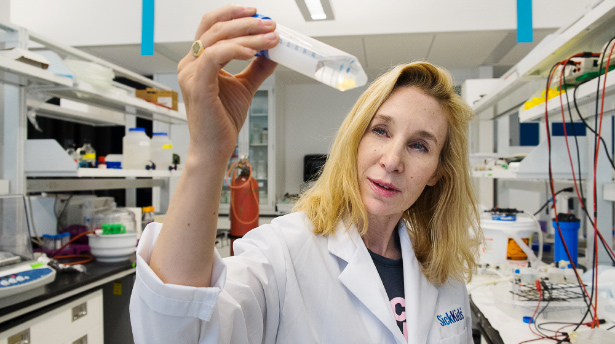Rumors Cast Doubt on Diphoton Bump
Rumors and a new analysis have sprinkled cold water on particle physicists’ latest hopes for a revolutionary discovery.
It started with a tantalizing bump on a data plot in December: an excess in pairs of photons with a combined energy of 750 gigaelectron volts (GeV) produced at the Large Hadron Collider (LHC) in Europe. Just as the famous Higgs boson began as a bump on a plot that swelled with more particle collisions, physicists knew that this 750-GeV bump, if it keeps growing, could signify a new fundamental particle. Unlike the Higgs, which was predicted by the Standard Model of particle physics, the new particle would be six times heavier and represent a first foothold toward a more complete theory of nature.
But even as researchers penned hundreds of papers speculating about the possible particle behind the bump, they recognized that the bump could just be a random statistical fluctuation, like tossing a coin and accidentally getting 10 heads in a row. The bump will either gather strength or go away during the LHC’s current run. An answer is expected by early August.
Meanwhile, rumors are flying. On blogs and Twitter, the word from anonymous sources is that the 750-GeV bump is disappearing in the new data.
Amid the chatter, scientists have been seeking other ways to test whether the bump is real. If it is — that is, if the “diphoton excess” at 750 GeV does come from a particle with a mass of 750 GeV decaying into two photons — then such a particle should also decay into pairs consisting of one photon and one “Z boson.” Photons carry the electromagnetic force, and Z bosons carry the weak nuclear force; in the 1960s, Steven Weinberg and others showed that these two forces are actually different aspects of a single “electroweak force.” The photon and the Z boson represent different combinations of the variables associated with this unified force. If the 750-GeV particle interacts with the photon, then according to Kyle Cranmer, a particle physicist at New York University and a member of the ATLAS experiment at the LHC, it should also interact with the Z boson, which is just a different combination of the same variables.
But in an analysis posted online on June 12, the CMS collaboration (which runs one of the two biggest detectors at the LHC) scoured their 2015 data for an excess of photon-Z boson decays. They did not find a bump at 750 GeV.
According to Cranmer, the absence of this companion bump isn’t a deal breaker. It’s plausible that the relative strengths of the 750-GeV particle’s interactions with photons and Z bosons means that only diphoton decays would have shown up in the data so far. The CMS analysis “at this point isn’t leading to anyone losing sleep,” he said.
The rumors are perhaps more concerning. To find out which way things go, keep an eye on this space over the summer.




